Current Project Status
Schematic ------------------- ( ✓ )
PCB Layout ----------------- ( ✓ )
Documentation ------------ ( ✓ )
Order + Assemble -------- ( ✓ )
Push 2 Hackaday --------- ( ✓ )
LAB: Common Mode ----- ( ✓ )
LAB: Bandwidth ------------ ( ✓ )
LAB: Accuracy -------------- ( ✓ )
Future Work --- Cleanup Documentation [ maybe :) ]


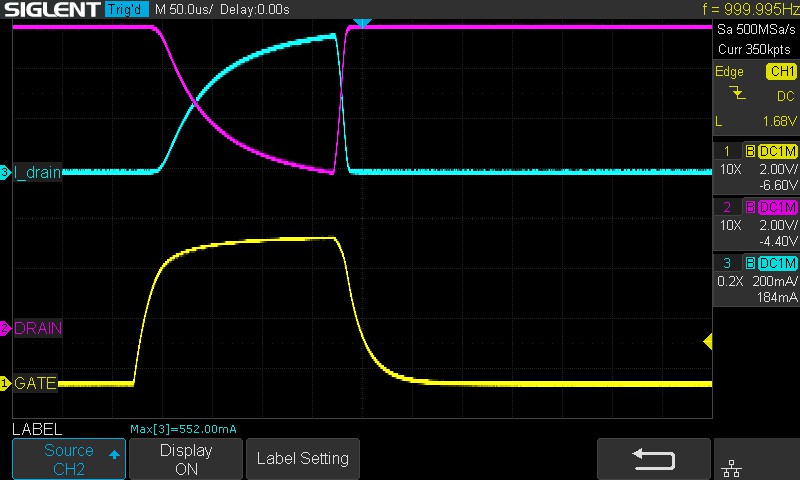












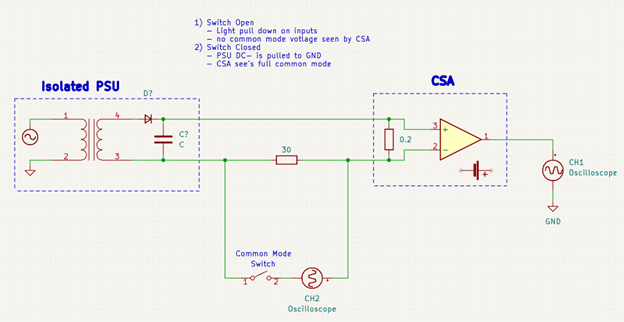

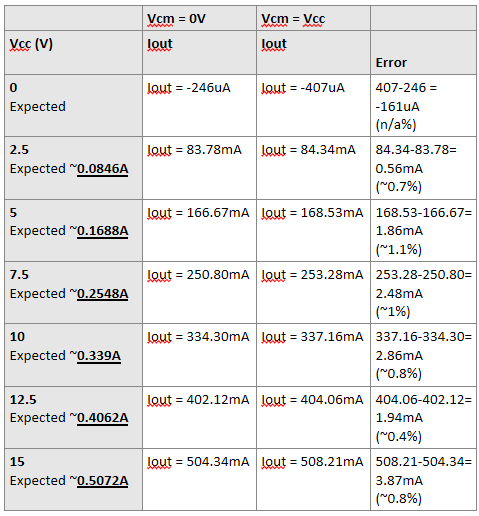




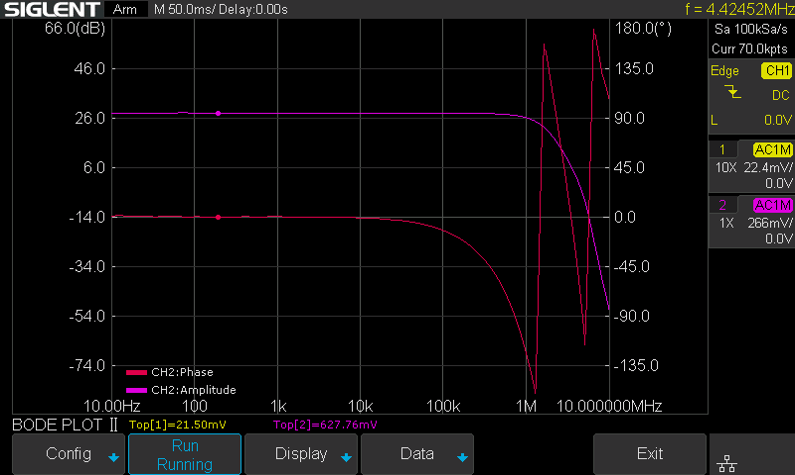





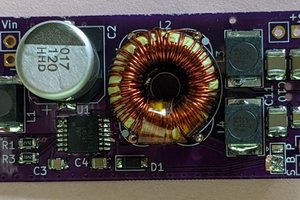

 Lucy Fauth
Lucy Fauth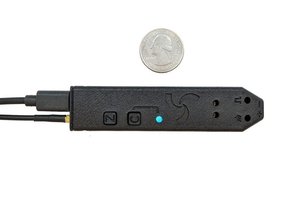

 Greg Duckworth
Greg Duckworth